You should know these treatments with ammonia-nitrogen-containing pharmaceutical wastewater by anaerobic + aerobic process.
2019-2-26
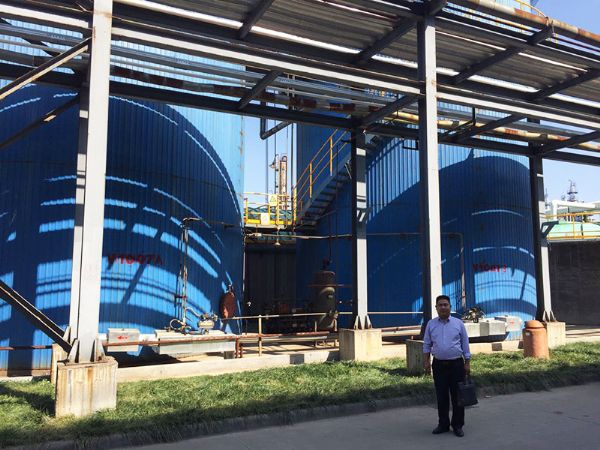
You should know these treatments with ammonia-nitrogen-containing pharmaceutical wastewater by anaerobic + aerobic process.
In industrial production, ammonia nitrogen wastewater is generally composed of ammonia water and inorganic ammonia, which can be derived from chemical, metallurgical, chemical fertilizer, gas and other industries. If it is discharged without treatment, it will have a serious impact on the environment. Therefore, the treatment of ammonia-nitrogen wastewater is particularly important, and the ammonia nitrogen wastewater treatment process also varies according to the water quality and concentration of pollutants. Among them, common methods include chemical precipitation, blow-off, conventional biological methods, membrane separation methods, and ion exchange methods.
Commonly used ammonia nitrogen wastewater treatment process:
The chemical precipitation method, also known as the MAP precipitation method, is a method of adding magnesium oxide and phosphoric acid or hydrogen phosphate to wastewater containing ammonia nitrogen.
The removal of ammonia nitrogen by the stripping method is to adjust the pH value to alkaline, so that the ammonia ion in the waste water is converted to ammonia, so that it mainly exists in the form of free ammonia, and then the free ammonia is taken out from the waste water by the carrier gas, thereby removing ammonia nitrogen. purpose.
The traditional biological method is to convert ammonia nitrogen in wastewater into nitrogen by a series of reactions such as nitrification and denitrification under the action of various microorganisms, thereby achieving the purpose of wastewater treatment.
The membrane separation method utilizes the selective permeability of the membrane to selectively separate components in the liquid to achieve the purpose of ammonia nitrogen removal. Including reverse osmosis, nanofiltration and electrodialysis. Factors affecting the membrane separation method include membrane characteristics, pressure or voltage, pH, temperature, and ammonia nitrogen concentration.
The ion exchange method is a method for removing ammonia nitrogen in wastewater by a material having a strong selective adsorption effect on ammonia ions. Commonly used adsorbent materials are activated carbon, zeolite, montmorillonite and exchange resin.
The pharmaceutical industry is a highly polluting area. For many years, the use of bio-fermented antibiotics to produce wastewater has been one of the most difficult to treat high-concentration organic wastewater. It is difficult to achieve the desired results by traditional treatment methods. Therefore, in China and around the world, water treatment workers have conducted long-term and unremitting research, and the wastewater treatment method has made great progress. Among them, the multi-stage anaerobic + aerobic process has better treatment effect and stability.
Multi-stage anaerobic + aerobic process:
According to the industry, the pharmaceutical wastewater containing ammonia nitrogen mainly comes from the process of fermentation waste liquid and resin regeneration. The waste water generally contains a large amount of waste residue and dissolved high-concentration organic matter. If it is discharged into the surrounding rivers and lakes without treatment, it will cause serious damage. Environmental pollution. At present, pharmaceutical companies require an economical approach to achieve the national water emission standards. Multi-stage anaerobic + aerobic processes have become one of the most commonly used methods in the industry.
The multi-stage anaerobic + aerobic process is aimed at high concentration of organic matter in wastewater, high suspended matter content, high temperature, alkaline waste water, certain biodegradability, and microbial inhibiting substances. Among them, organic substances mainly contain residual crude fat and bacterial proteins. According to reports, the process includes pretreatment (grid, conditioning sedimentation tank and neutralization tank), multi-stage anaerobic treatment, aerobic treatment process, sludge dewatering and biogas utilization.
Among them, the pretreatment stage is to let the pharmaceutical waste water pass through the grid to remove large suspended debris to prevent clogging, and then enter the regulating tank.
The function of adjusting the sedimentation tank is to collect various waste waters that are intermittently and unevenly discharged and to separate the easy sediments in the wastewater to facilitate continuous anaerobic reaction. The hydraulic retention time is calculated in 8 hours, that is, the pool capacity accounts for 1/3 of the daily emissions. After solid-liquid separation, the suspended matter is removed by 70% and the COD is removed by 20%.
The function of the neutralization tank is to lower the pH of the raw water to make it suitable for anaerobic reactions. It is generally proposed to reduce the pH of the raw water by adding hydrochloric acid.
Anaerobic treatment is a more economical method for high concentration organic wastewater. According to the industry, the anaerobic process mainly consists of two stages. In the first stage, under the action of different anaerobic microflora, the organic matter is hydrolyzed into organic acids and other products, and at the same time, the microorganisms synthesize new cells; the second stage, under the action of obligate anaerobic bacteria-methane bacteria, One stage of metabolites is converted to CH4 and CO2.
In the anaerobic treatment process, the temperature of the raw water is generally used, and the medium temperature anaerobic reactor is used, and the reactor is in the form of an upflow anaerobic sludge bed-UASB, which can make a large number of anaerobic bacteria aggregate into particles. The sludge is suspended in the lower part of the reactor and kept in full contact with the raw water. In addition, the top of the equipment is generally provided with a three-phase separator, which can achieve effective separation of gas, solid and liquid.
Industry experts pointed out that in view of the key factors of pharmaceutical wastewater treatment technology, effective methods for reducing organic matter for high-concentration and highly toxic organic pharmaceutical wastewater are still traditional biochemical technologies, and whether it is anaerobic or aerobic, suitable The food micro ratio (F/M) is very important. This requires that the wastewater entering the biochemical system has certain biodegradability, and the load should not be too high, and the comprehensive toxicity can not inhibit the growth of microorganisms. Therefore, in the pretreatment stage of the pharmaceutical wastewater, in addition to regulating and stabilizing the water quality and quantity, it is also necessary to remove the inhibitory organism. The substance that grows, thereby improving the biodegradability function, ensures smooth follow-up treatment.



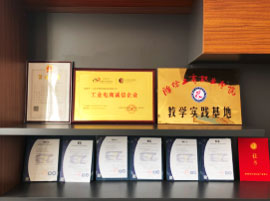

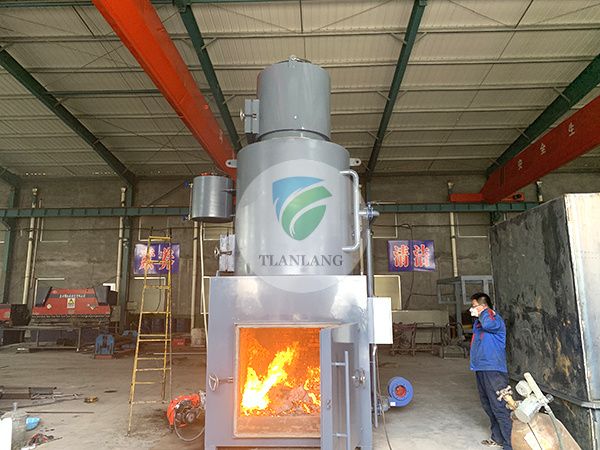
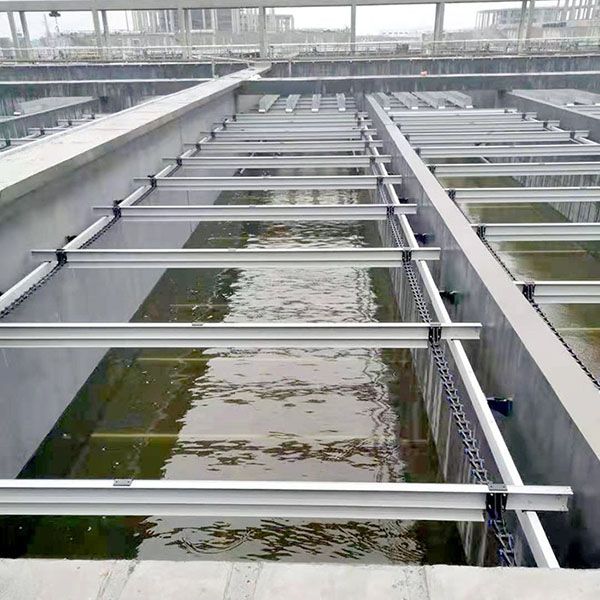
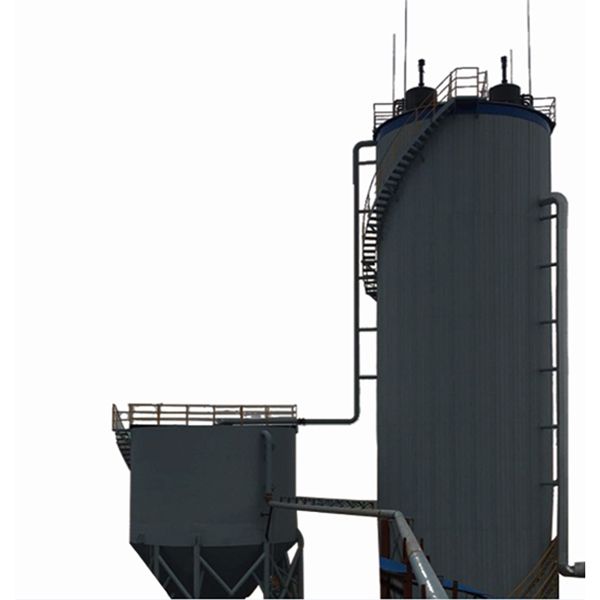
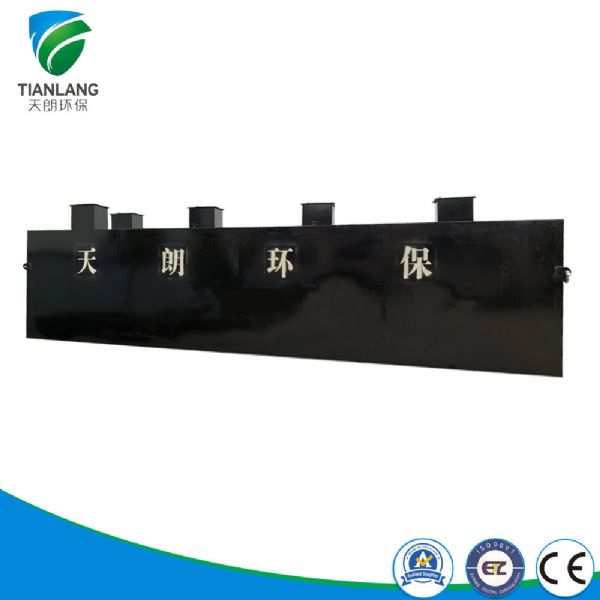
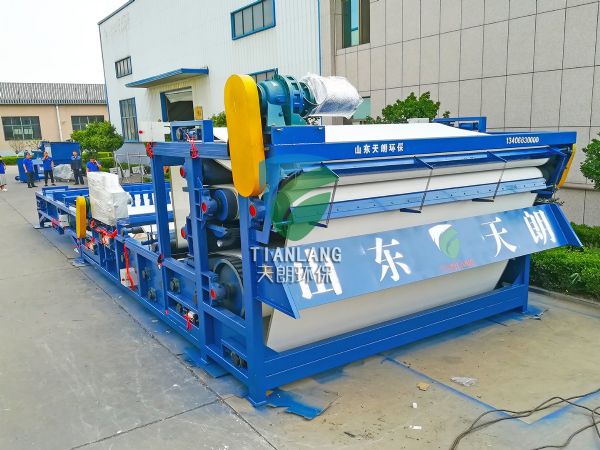
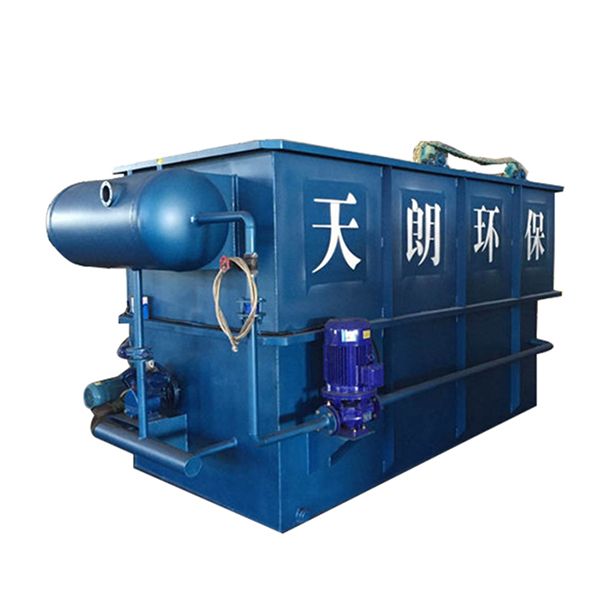
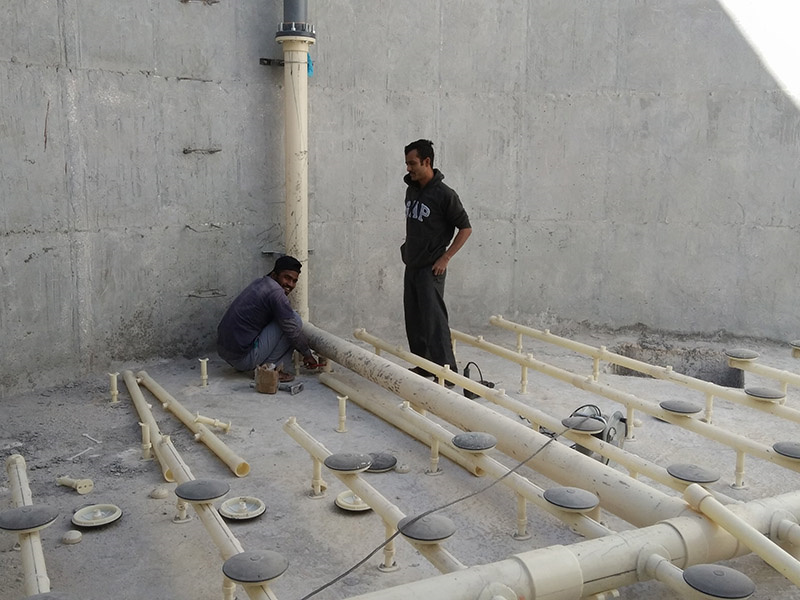
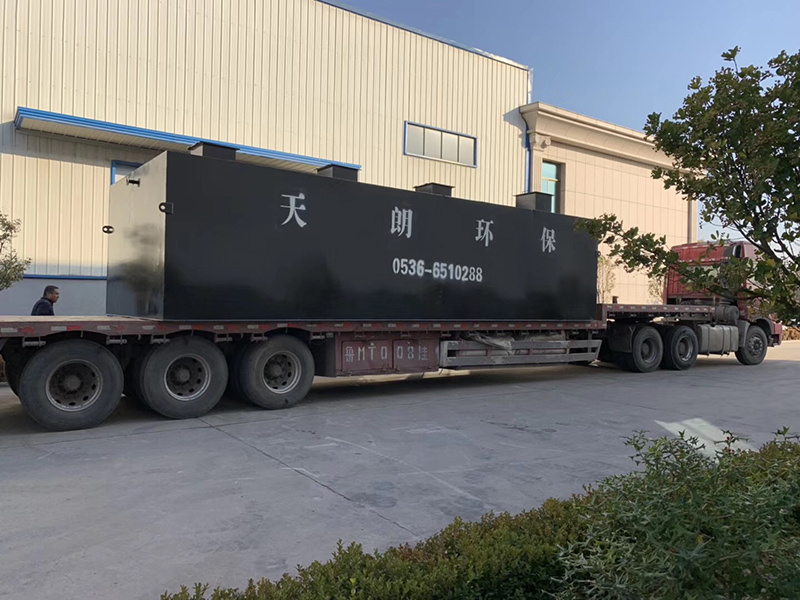

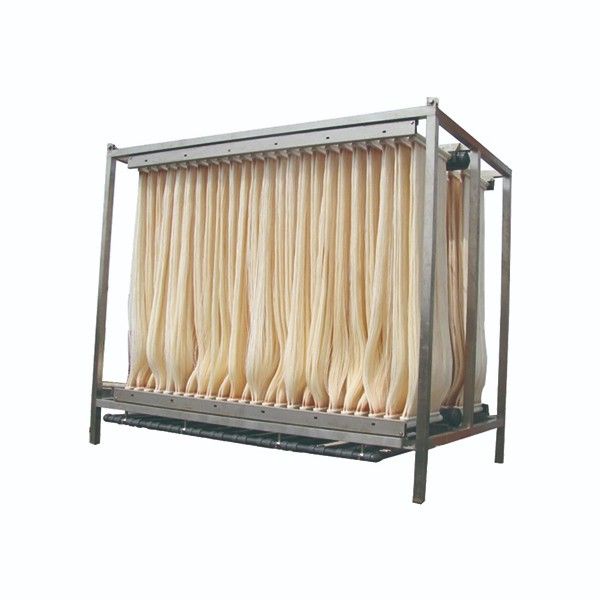
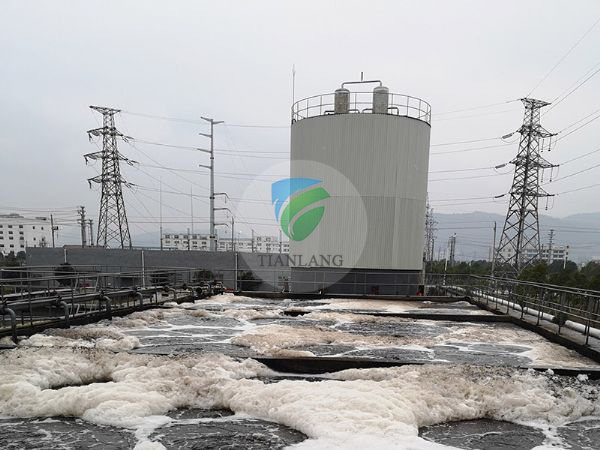
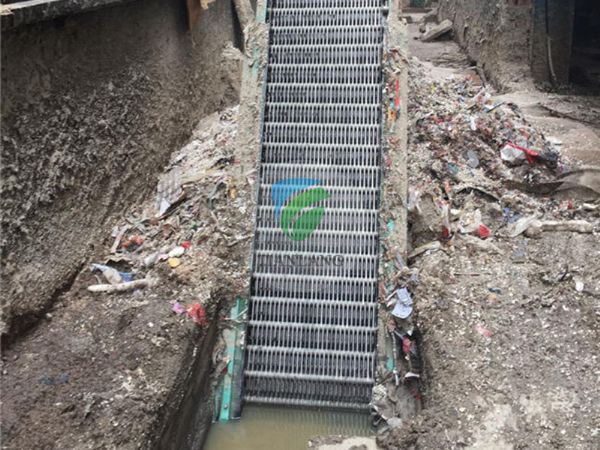





 Tel
Tel Home
Home Products
Products